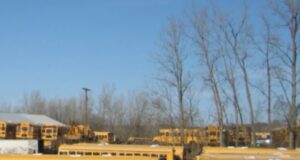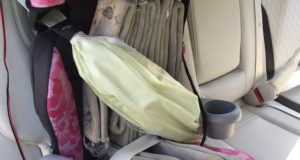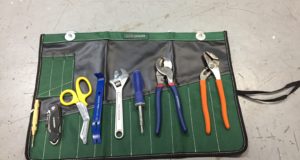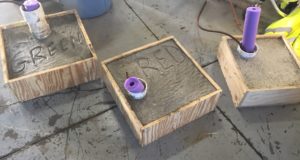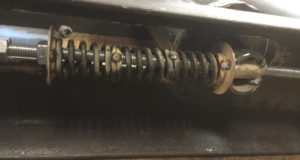We are killing our profession with poor fire service marketing. Over and over we see articles, white papers, and opinions on the negatives of the fire service. No wonder there is a recruitment and retention challenge. The fire service will provide you a great career with solid pay, benefits, a second family, and retirement. Check with those that came before you and I bet a bunch are still thankful for their years taking care of people in their community.
Those that have been in the fire service for a couple of decades have seen great change to improve working conditions for firefighters. The fire service is great at finding solutions to problems daily on runs or over time with more complicated challenges. 20 years ago we didn’t wash turnout gear after fires, didn’t take showers immediately after fires (heck, I remember going to breakfast with the crew after a early morning working fire), only talked about our toughness on the tailboard, and certainly struggled to cook meals that wouldn’t clog our arteries.
There is no doubt that working in the fire service has some tough and long days. That’s why we should prepare ourselves to be physically fit, mentally ready, and well trained. Below are two great programs that have helped many firefighters in recent years related to behavior health and fitness for the job we do.
IAFF/IAFC Wellness-Fitness Initiative
We all know someone with cancer in and outside of the fire service. Sometimes our annual firefighter physicals catch an issue early and help treatment occur quicker. The latest buzz pneumonic is PFAFs that are a category of manufactured “forever” chemicals. They are in current day turnout gear (less than pre-2015 turnout gear), however, there are over 100 forever chemicals in your living room too. There isn’t a material to eliminate PFAFs totally from our daily lives in or out of the fire service. The reality is that the days of wood and cotton alone are long gone.
So what has the fire service done to reduce exposure to PFAFs? Many departments have implemented post-fire decontamination procedures that include how to clean gear/equipment, turnout gear cleaning in extractors, personal hygiene by getting in the shower, and issuing hoods with particulate protection. Having spare gear to swap into after a fire is also important. It could be on a rack, a trailer, or at your department’s logistics. If you don’t have these procedures, make them happen.
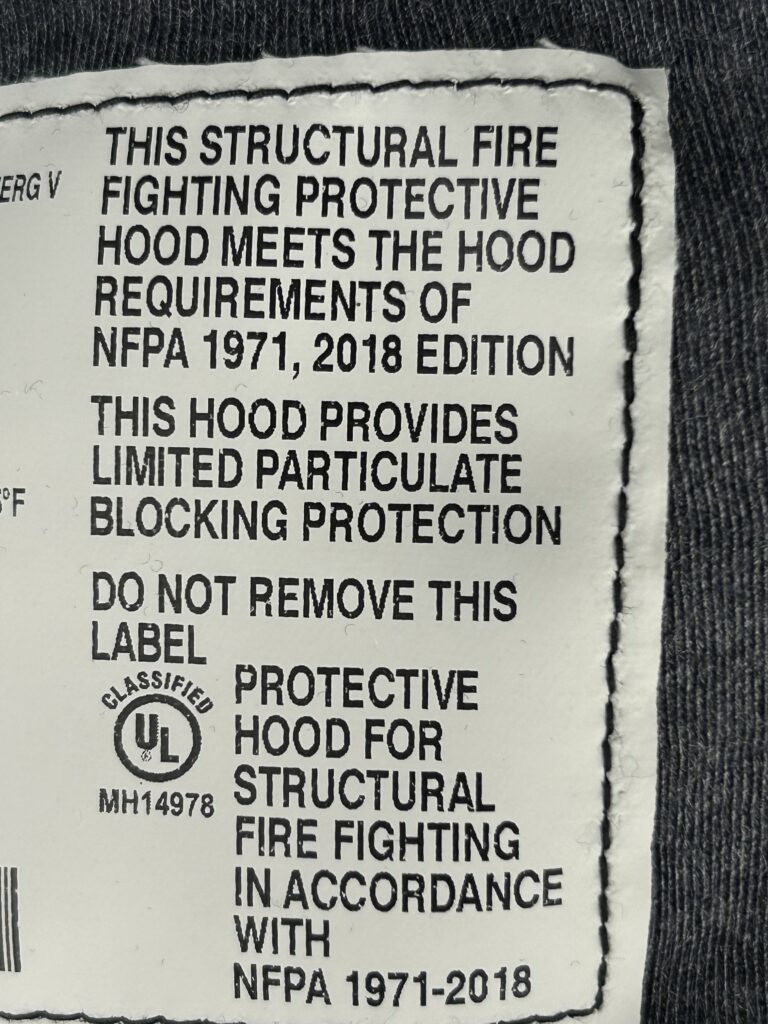
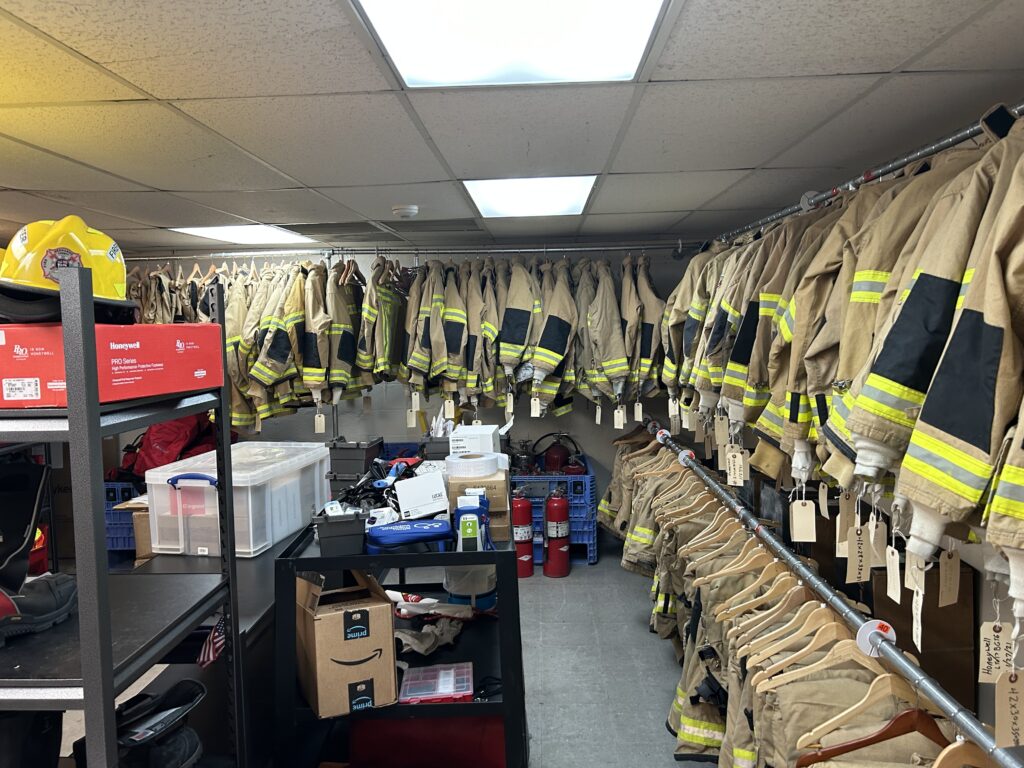
Some departments are issuing lightweight wild land / technical rescue gear for non-structural fire responses that don’t have any PFAFs. All combined, the fire service could be reducing exposure to PFAFs more than we are at our homes. We are certainly doing things better to reduce cancer risks for new recruits than we did 20 years ago.
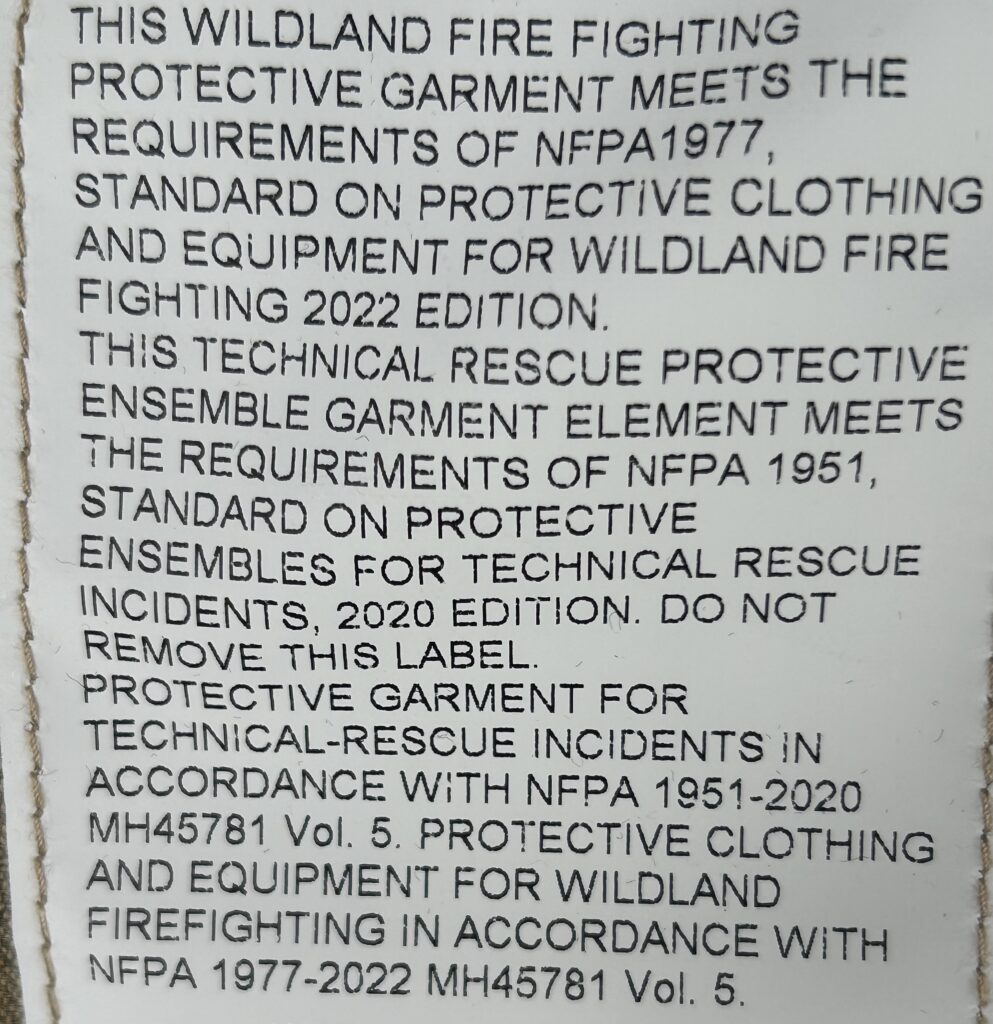
 First Due Tackle Pass It On – Firefighter, Rescue & Extrication Training
First Due Tackle Pass It On – Firefighter, Rescue & Extrication Training

